The Independent's journalism is supported by our readers. When you purchase through links on our site, we may earn commission.
How Dijon became France’s under-the-radar culinary heavyweight
With the opening of its City of Gastronomy, the Burgundy capital has proven it has much more to offer than mustard, writes Shelley Rubenstein
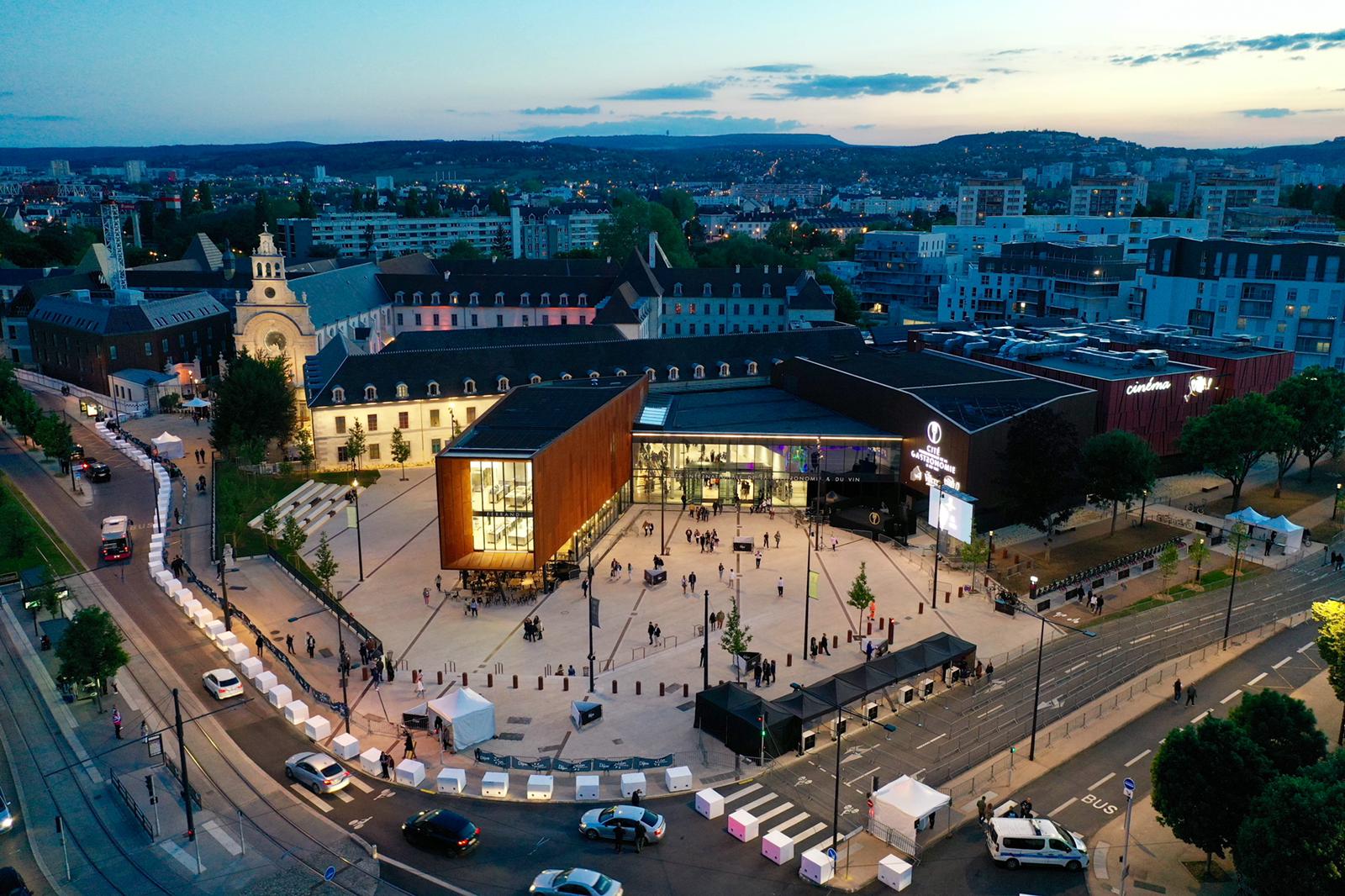
Perhaps it was a slow week at Unesco towers when the “Gastronomic meal of the French” was added to the Intangible Cultural Heritage list in 2010 – quite the mouthful in itself. That French gastronomy should be celebrated is indisputable, but does an aperitif, bread, four courses, wine and cheese, rounded off with a digestif, truly deserve Unesco-levels of adulation?
Naturellement, it was certainly deemed spotlight-worthy in Lyon, the capital of gastronomy. In October 2019, they opened the first of several well-intentioned – but ultimately misjudged – Cité Internationale de la Gastronomies celebrating this milestone accolade. Criticised for being expensive and insubstantial, it closed within the year.
By the time the city of Dijon opened their homage in May 2022, they wisely took heed of their neighbour’s costly mistakes. Their cavernous space is free to enter and temporary exhibition fees are modest and include a culinary treat, enhancing the experience.
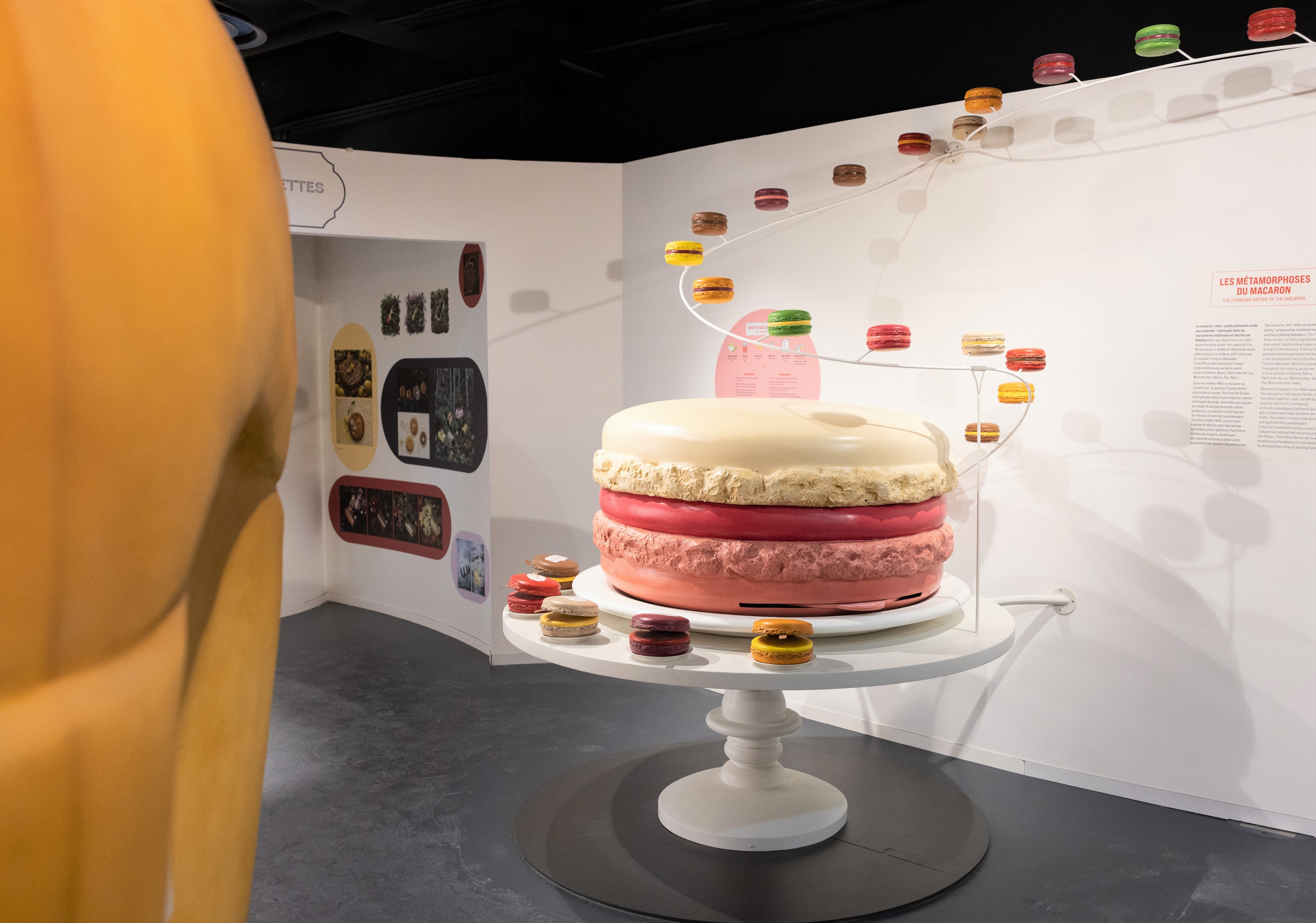
Formerly a 13th-century hospital, the site has been adapted with all the contemporary edge €250m can buy. An outpost of Ferrandi’s revered cooking school sits atop the striking Corten steel structure jutting out of the main building, enticing in those seeking to hone their culinary skills. Architect Antony Bechu explains the exterior’s distinctive rust-toned hue is “reminiscent of the Cote d’Or’s vineyards and wine barrels”.
Diners at Le Comptoir – the casual restaurant offering tastings, chef’s table and wine bar – spill out onto the entrance terrace providing a welcome buzz, confirming this has fast become a happening location. At Vins de Bourgogne, immersive wine workshops are held and the artful displays in the converted chapel expound why the Burgundy region’s (of which Dijon is the capital) climate and terroir is so special. Over in Cave de la Cité, of the 3, 000 wines available, one-third are Burgundies. To sample a couple, it will set you back a reasonable €13.
Exhibitions err on the side of fun, informing of various repast-related topics throughout history, including table manners, serviettes and wine bottle shapes. At The Secrets of French Patisserie, macarons, profiteroles and brioche are super-sized, ensuring their Instagrammable appeal.
At The Secrets of French Patisserie, macarons, profiteroles and brioche are super-sized, ensuring their Instagrammable appeal
At first glance, the Village – the outdoor shopping area – appears to be merely a savvy commercial venture tagged on, with shops selling everything from artisan ice cream and cheese to charcuterie and cookbooks. On closer inspection, I notice a cohesiveness to the curation which goes beyond commerce. I spy the co-owner, Lauriane Krief, still working at 9pm and cajole her into telling me how it evolved. We settle in at the Cité’s excellent gourmet restaurant La Table des Climatsfor an impromptu dinner. Everything is flawless and, under celebrated chef Eric Pras’s direction, the Michelin judges will undoubtedly be paying a visit soon.
Lauriane shares how she and her investor husband, William, opened the Village with no retail experience, but a passion for sourcing the finest artisan products from the region and beyond. Keen to create a hub for Dijoners and visitors, they programme regular free events; when I return at the weekend, there are hordes gathered around a sushi master’s expert display.
Pertinently, the site marks the beginning of Burgundy’s Route des Grands Crus and I follow my nose to the nearby quaint town of Beaune, capital of Bourgogne’s wines. Attracting more than 2 million oenophiles each year, it’s no surprise this location was chosen for the stunning Cité des Climats & Vins de Bourgogne, officially opening in 2023.
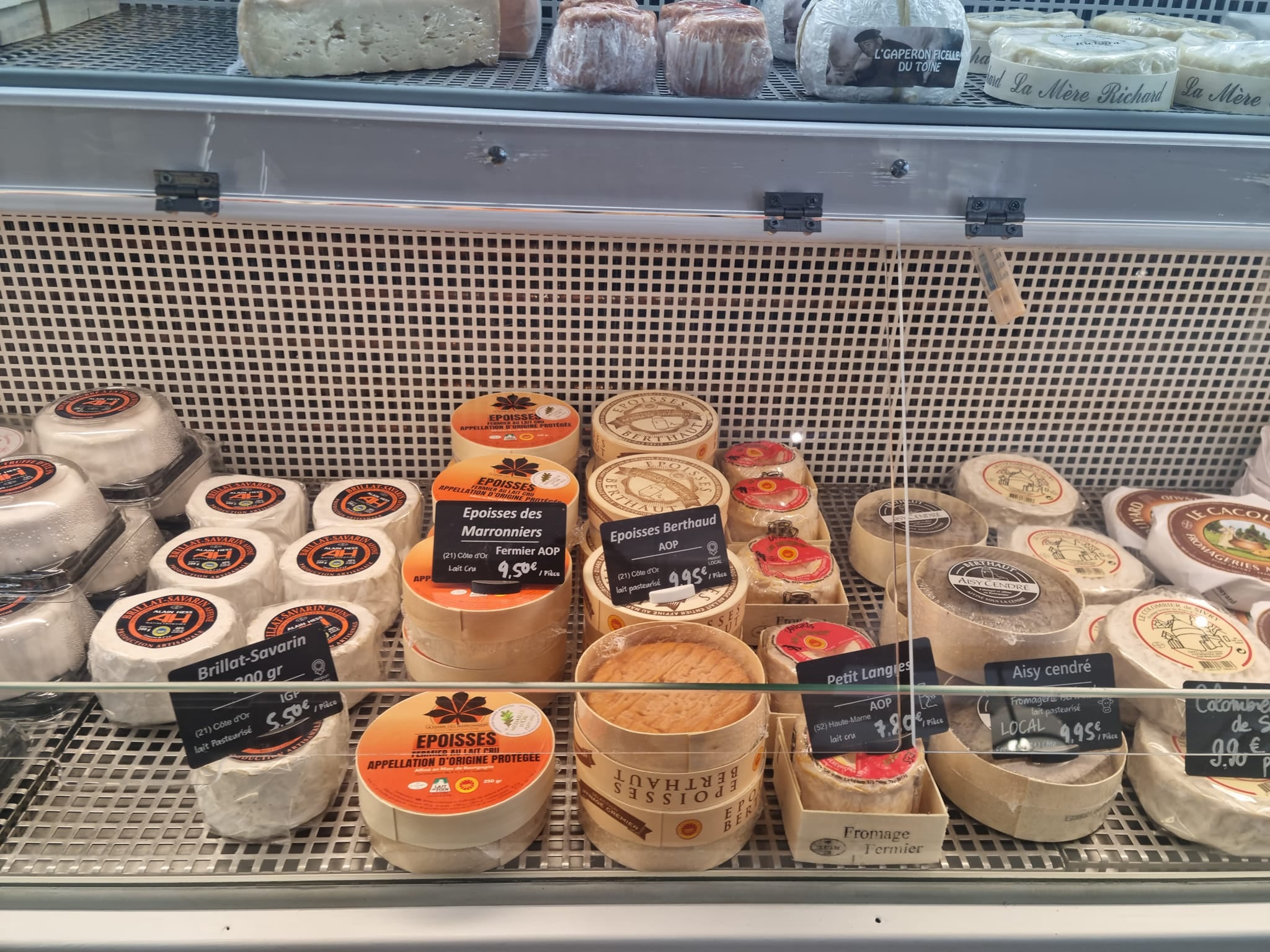
To learn why wines from this region excel, I meet with winemaker Paul Negrerie and Jean-Remi Fray, vineyards manager at Chateau de Pommard. Their vivid descriptions of the wines and the production is accessible, inclusive and infectious. I work my way through a selection and the exquisite Corton-Charlemagne 2020 Grand Cru jolts my taste buds into rhapsody.
Donning a hardhat, Paul gives me a sneak preview of the state-of-the-art wine cellars, hotel, spa and education centre due to open next year ensuring this will be a very impressive one-stop destination.
While in Beaune, I also explore the HQ of one of the most famous mustard producers (well, when in Dijon...). For more than 180 years, the family-run Fallot has used the same method of crushing mustard seeds by stone mill. Although the classic Dijon mustard remains their biggest seller, a variety of flavours like cassis, tarragon and parmesan are on tap and dispensed from vending machines. Gourmands are catered for by a collaboration with the Bernard Loiseau brand, revered for their Michelin-starred restaurant in the heart of Dijon. They have created four intriguing combinations, notably smoked tea and cep, and coriander and orange confit, which tantalise the palate.
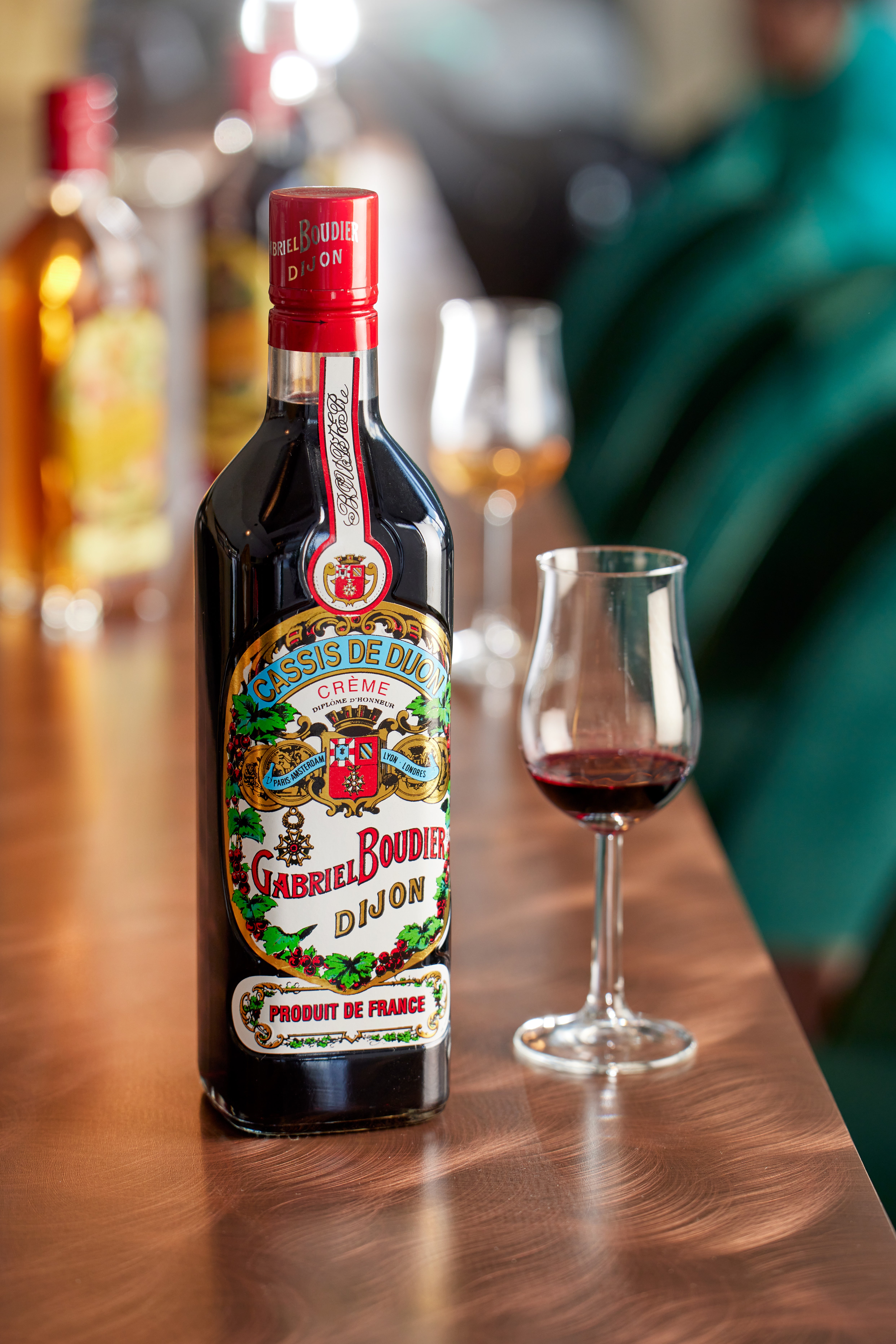
Back in Dijon, I pay a visit to Gabriel Boudier, world-renowned for their silky blackcurrant liqueur, Creme de Cassis. For the first time since the company’s inception in 1874, a female member of the family, Claire Battault, is running the show. Although best known for Cassis, Claire introduces me to an extensive array of their products. The Saffron Gin is a sublime creation and sipping Guignolet, a rich black cherry liqueur, I concoct cocktails in my head showcasing this zinger.
Next stop, the fairytale-like flagship store of Mulot & Petitjean. Madame Catherine Petitjean, the current incumbent at the head of the family business founded over 220 years ago, immediately sets me straight that although their star product, pain d’Epices, is referred to as gingerbread, zero ginger is used; she prefers the term “honey bread”. Whatever it’s called, it’s delicious, and their nonnettes – thick discs of pain d’Epices sandwiched with a variety of flavours – are understandably some of their best-sellers.
Continuing the epicurean tour around Dijon’s charming centre with its delightful architectural mix of medieval buildings and hotel particuliers, I happen upon Le Chalet Comtois’s cheese heaven. I note they’re well-stocked with Napoleon’s favourite, the locally-made Epoisses, a cheese so gloriously pungent it’s banned on public transport in France.
Sipping Guignolet, a rich black cherry liqueur, I concoct cocktails in my head showcasing this zinger
Fighting my way to the front of the lunchtime queue at Maison Blanchard bakery, I bag a gougeres – cheese choux pastry filled with parmesan custard – and appreciate the demand from the first bite.
On to Simon et Maurice for the creamiest ice cream and I defy you not to leave chocolatiers Jonathan Paulet and Fabrice Gillotte with one of everything.
I’m eager to try the award-winning pastry at Maison Fremont that earnt them the best bakery in France award in 2017. The Casperge is an attractive-looking asparagus pastry topped with a cassis creme. It is to be admired, though it’s definitely an acquired taste. And there’s a dazzling selection of breads and cakes to satiate every hankering, if sweet asparagus isn’t your thing.
An honourable mention must also go to one of the finest food markets in the world – and the reason why I will be going self-catering on my next visit to Dijon – Les Halles.
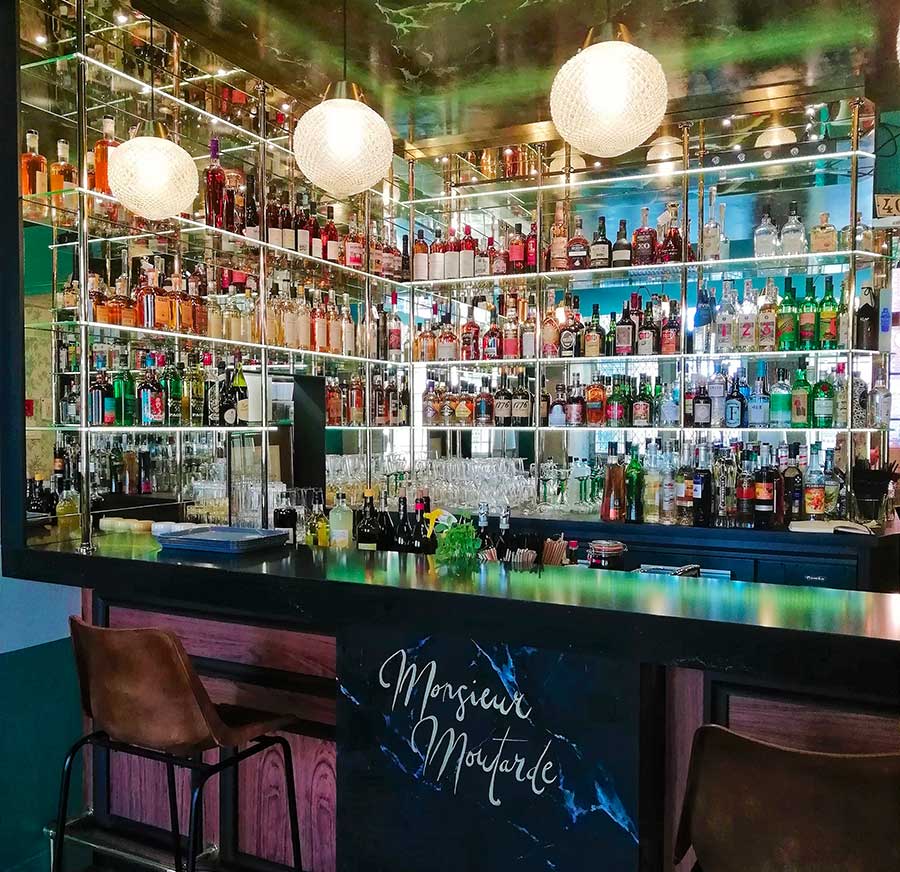
Finally it’s time to kick back at Monsieur Moutarde. With its inspired cocktail list and curious assemblage of seating areas, this place is designed for mischief. Indulge in their signature drink Monsieur Moutarde No. 7, featuring the on-message ingredient of mustard in syrup form.
Returning home laden with goodies from my gourmet exploration on Eurostar, I’m feeling rather smug that with no weight or liquid restrictions; travelling by train is the ideal carriage for bringing back a kitchen’s worth of ingredients to last until my next trip to this most beguiling of foodie cities.
Travel essentials
Getting there
Eurostar from London St Pancras International to Paris Gare du Nord, from £39 (based on a return journey). Transfer to Gare du Lyon and catch the SNCF fast train to Dijon, which takes 90 minutes.
Staying there
The five-star Grand Hotel La Cloche has everything you want from a hotel – great service, welcome atmosphere, spa and prime location overlooking the Jardin Darcy. The excellent restaurant and bar is populated with locals enjoying the tranquil gardens and innovative cuisine. The thoughtful basket of recipes sitting alongside their homemade jams served at breakfast is another nice touch. Doubles from £149, B&B; hotel-lacloche.com






Join our commenting forum
Join thought-provoking conversations, follow other Independent readers and see their replies
Comments